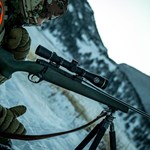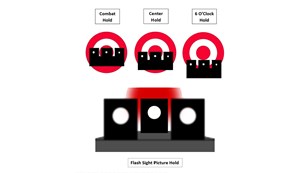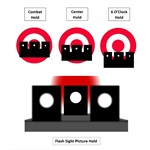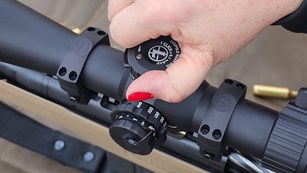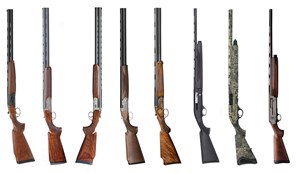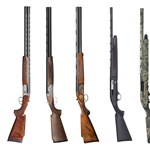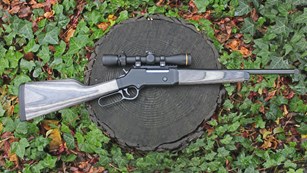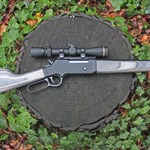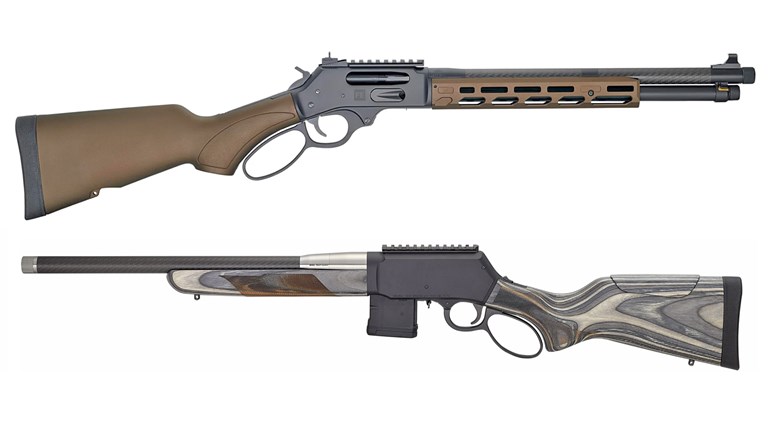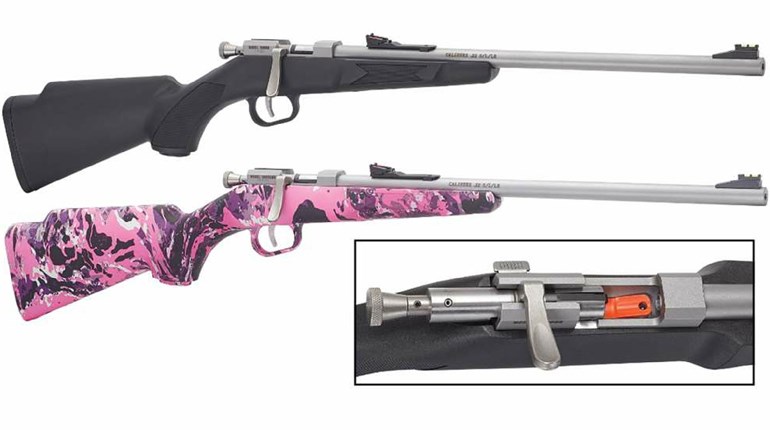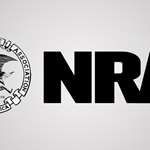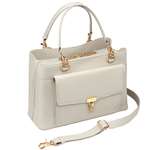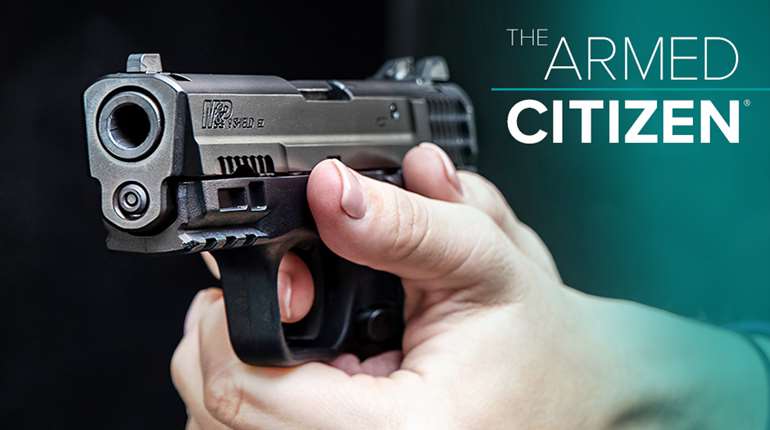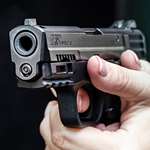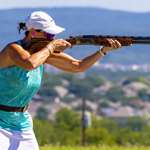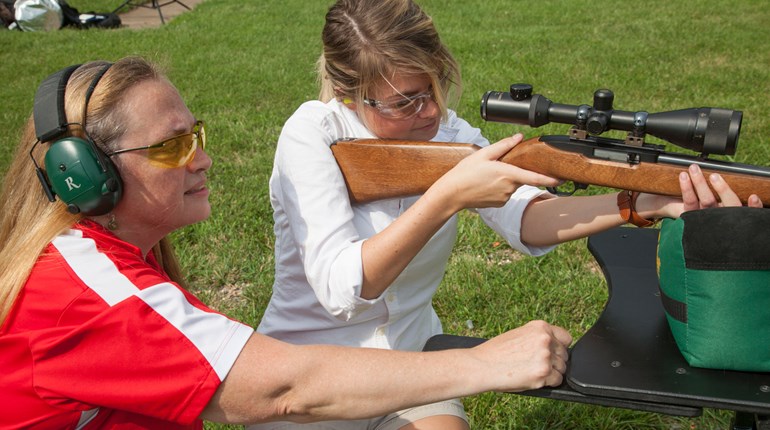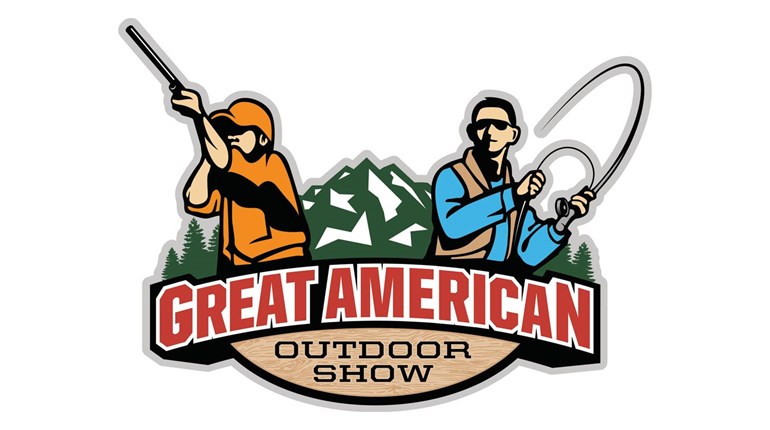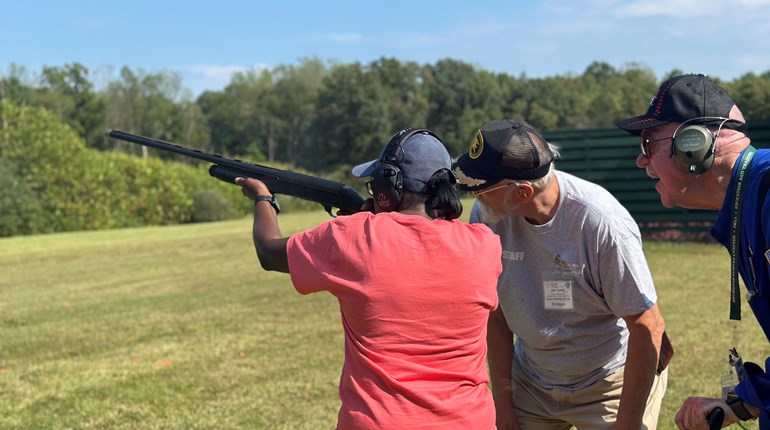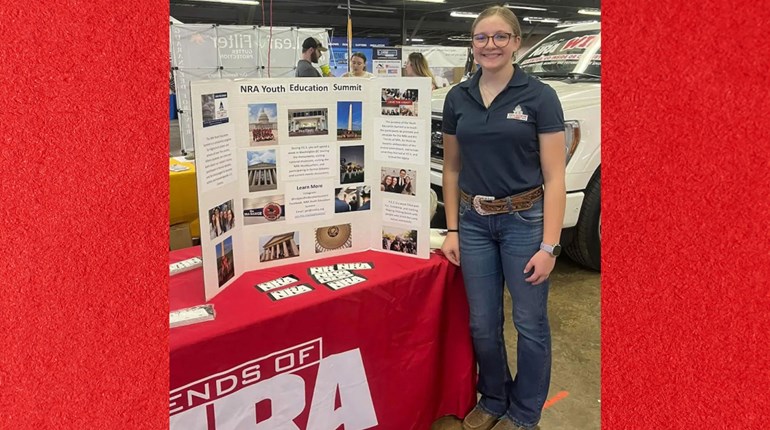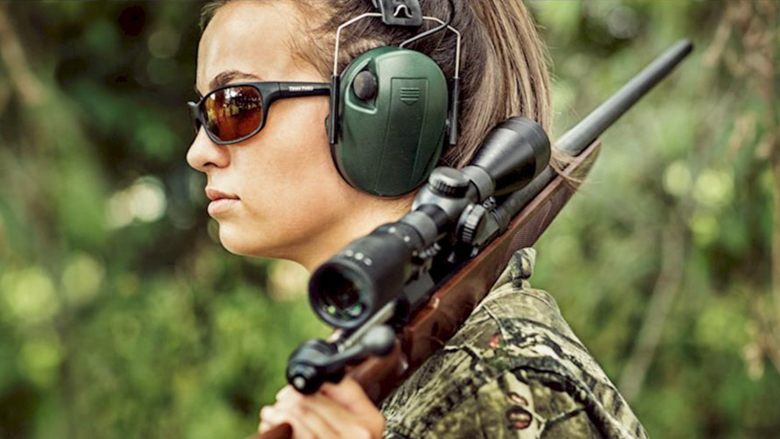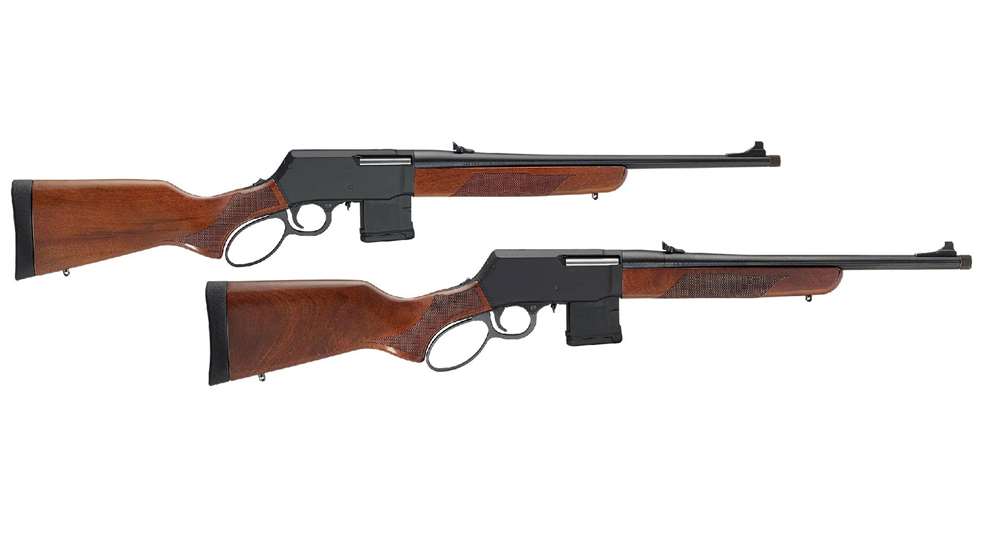
There are folks in the shooting sports community who consider lever-action rifles and carbines to be “old guns.” It's true that the lever guns have been in production for more than 150 years. And replicas of some of the more popular early models, often associated with cowboys and the Old West, are still in production today, including the original Henry rifle, the widely adopted Winchester Model 1894 and the well-appreciated Marlin 1895.
But in truth, lever-actions have been steadily evolving over the years as new calibers, materials and manufacturing processes have come into play. In particular, the last few years we've seen the rise of the “tactical” lever-actions (what I've lovingly dubbed the “cyborg rifles”) which incorporate design features and calibers borrowed from the eminently popular AR-15 semi-automatic rifle. These lever-actions are sleek, sci-fi and fun to shoot! In some cases, we've seen models that feed from removable AR-15 or semi-automatic pistol magazines.
For 2025, Henry Repeating Arms has launched the latest evolution of its manually operated rifle, called the Lever Action Supreme Rifle (LASR), which is currently available chambered in 5.56 NATO/.223 Rem. or .300 BLK. I had an opportunity to handle this gun in .223 Rem. at the 2025 SHOT Show Media Day at the Range. After doing so, I definitely wanted more trigger time due to the handy and useful blend of features this rifle offers.

Henry’s Long Ranger series was the first to feed from box magazines using rotating bolts.
The LASR can trace its design roots back to Henry's innovative Long Ranger models which were introduced in 2017. The round-barrel Long Rangers are chambered for popular rifle calibers, including .243 Win., .308 Win., 6.5 Creedmoor and .223 Rem./5.56 NATO. These calibers cannot be safely fired from lever-actions with tubular magazines due to the pointed bullet tips bumping into primers in a rather inconvenient manner (i.e. blowing the gun apart). This issue was resolved through the use of proprietary 4-round or 5-round removable box magazines similar to those found in some bolt-action rifles. Other important changes that came with the Long Rangers include a rotating, multi-lug bolt and a light weight aluminum receiver.

The Express model, chambered in .223 Rem./5.56 NATO, was the first Long Ranger with a threaded muzzle.
Another small step toward the LASR was the more recent release of the Long Ranger Express chambered in .223 Rem./5.56 NATO. For the most part, it's still a Long Ranger. However, it sports a more handy 16.5" carbine-length barrel with a 1/2x28" TPI threaded muzzle. This was, at the time, one of just a few Henry rifles configured to serve as a sound suppressor host.

The semi-automatic Homesteader PCC introduced an enclosed aluminum receiver with a tang-mounted safety slider.
In 2023, Henry shook things up with the company's first ever semi-automatic, pistol-caliber carbine dubbed the Homesteader chambered in 9 mm (I've still got my fingers crossed for the 10 mm Auto version). This model has influenced the LASR design in important ways. Like the Homesteader, the LASR has an aluminum receiver which fully encloses the hammer and sports a tang-mounted, ambidextrous safety slider. The folks at Henry say they liked the enclosed receiver for the LASR because it works to protect the internal workings of the action from dirt and debris.

The new Lever Action Supreme Rifle series blends modern features with classic styling.
The Homesteader was Henry's first gun designed to use popular magazines produced by other gun makers and third-party providers. It can be configured to use Glock, Smith & Wesson or SIG Sauer pistol magazines. The LASR also incorporates out-side product magazine compatibility with a magazine well sized for 5.56/.223 Rem. AR-15 magazines. Finally, the Homesteader bucked current tactical PCC trends by leaving the factory with a set classically styled American walnut stocks. The LASR is similarly outfitted with handsome hardwood furniture.

The rounded American walnut fore-end features fine line checkering.
The LASR ships with an 18" free-floated round barrel with rifling cut at a flexible 1:8” twist rate. A knurled thread protector is provided for the muzzle. Although the receiver is drilled and tapped for an optics rail, Henry opted to ship the LASR with a set of iron sights consisting of a fixed blade front sight and a fully adjustable patent-pending trapezoidal rear sight which is also mounted to the barrel.

This Burris Fullfield rifle scope proved to be a good match for this rifle.
The aluminum receiver has a right-side ejection port and it is treated with a flat black hard-coat anodized finish which complements that of the blued steel barrel and appointments. As mentioned earlier, the magazine well accepts AR-15 pattern magazines. The gun arrives with one 10-round polymer Magpul PMAG with a 5-round capacity limiter provided for those folks living in states that require them. But the LASR will accept 20- and 30-round AR magazines as well. Thankfully, the magazines drive straight up into the receiver, and drop straight out, just like an AR carbine. However, the ambidextrous magazine release lever, set in between the rear of the magazine and the front of the lever loop, is more like that of an AK-47. It is pressed forward, away from the trigger, in order to drop the magazine. The tang-mounted safety slider is relatively tall and deeply grooved for improved purchase. It is pulled back, toward the shoulder stock, into the SAFE position, and pressed forward, exposing a bright red dot, into the FIRE position.

The American walnut stock is capped off with a soft rubber recoil pad.
The ovoid shape of the lever loop neatly splits the difference between standard and over-sized loops which makes it quite comfortable to cycle with a bare shooting hand. It is also shaped so that it does not collide with longer 20- and 30-round magazines. Henry is known for producing smooth actions, and the LASR is no exception. The lever exhibited a buttery smooth feel when cycled right out of the box.

This rifle series is configured for use with commonly available AR-15 magazines.
This brings us to one of my favorite features of this rifle: the trigger. The deeply curved, smooth-faced steel trigger is wholly unremarkable in its appearance. But the single-stage, non-adjustable trigger's pull is impressive for a factory installed option. With a firm, creep-free resistance to start, this particular trigger broke cleanly with just 2 lbs. 15 oz. of trigger pull with an arch of travel just shy of 1/8 of an inch. In other words, it's just about as close to competition-grade as I've seen on a “stock” rifle. I have no doubt the trigger's positive qualities contributed to the satisfying accuracy results.

Like the Homesteader, the LASR used a tang-mounted safety slider.
Henry insists on shipping the majority of its lever-actions with American walnut stocks. It's a tradition that is easy to agree with due to the warm feel and good looks these stocks provide. The gripping surfaces of the fore-end and the shoulder stock sport fine-line checkering for added purchase. Other features include front and rear sling swivel studs and a soft-rubber recoil pad.

The lever is configured for use with standard-size, 30-round AR magazines.
It’s helpful to know that this rifle’s receiver is configured for commonly available Marlin 1895 pattern scope mounts. In this case, I went with the one-piece Picatinny Evolution Gun Works (EGW) Marlin 1895 336 444 Tactical Scope Mount (#47100; $27.94). This rifle was then topped off with a Burris Fullfield 3-12x 42 mm rifle scope with a Wind-Ret Illuminated reticle (#201533; $396) using a set of Burris 1" Medium Zee rings (#420084; $48.00). Outfitted with high performance multi-coated lenses tucked into a rugged single-piece aluminum body, this scope sports the company's latest 4x zoom system allowing for a compact profile. The illuminated reticle, which has 11 brightness settings, provides symmetrical MOA wind hold hash marks ideal for target shooting and varmint hunting scenarios. This optic proved to be a great fit for this gun at a fair price.

The muzzle is threaded to support popular accessories for this caliber, including flash hiders, compensators and sound suppressors.
Last year, I had an opportunity to pair the threaded barrel version of Henry's rimfire Frontier rifle with Silencer Central'sBanish 22 sound suppressor (read the review here). I was quite pleased with the results. Lever-actions can make ideal suppressor hosts because they provide the same closed-bolt noise reduction, like a bolt-action rifle, but with the potential for a notably quicker rate of fire.

The Silencer Central Speed K suppressor provides effective noise reduction in an impressively compact package.
The LASR's .223 Rem./5.56 NATO chambering and threaded barrel presented an excellent opportunity to test drive the Banish Speed K. Developed in collaboration with Federal Ammunition and law enforcement professionals, this 4" long suppressor is 3D-printed from Inconel 718. This is a nickel, chromium and iron alloy favored for its high heat and corrosion resistance. The goal was to make it durable, reliable and compact enough for on-duty use with tactical carbines. The qualities that make it useful in tactical roles, including its 14.1 oz. weight, up to 20.9 dB of noise reduction and a matte black Cerakote finish, also make it a great fit for a handy, multi-purpose rifle like this one.

The author found the LASR to be comfortable and enjoyable to shoot on and off of a bench rest.
At the shooting range, I was quite interested to see how the LASR would operate using a mix of four additional AR-15 magazines that I’ve tested previously. They have all proved to be reliable in various AR-15 platforms. The Magpul polymer 10-round PMAG, along with a 30-round version, fed, fired and ejected from the rifle flawlessly. An aluminum 20-round Duramag was reliable as well. The steel 20-round was tough to insert, the feeding was rough and it had to be pulled out of the receiver when empty. Overall, it was just not a good fit for this gun.

This rifle proved to be utterly reliable with some, but not all, of the magazines tested.
Last in the lineup was a recently released translucent polymer 30-round Mission First Tactical (MFT) magazine. Unfortunately, it exhibited a bit of front-to-back wiggle when inserted. As a result, it would not feed reliably unless it was pressed forward a bit to correct the angle. Was this a problem with the gun, with the magazine, or are they just not a good fit for each other? Much more extensive testing would be required to find out. But in this case, I just set it aside and went back to work with the other magazines. The moral of the story is this: if you already own some AR-15 magazines, be sure to test them with the LASR before relying on them in the field. If this is your first gun that takes AR magazines, then there's nothing wrong with sticking to the commonly available and affordably priced ($15-$18) Magpul PMAGs.

The LASR printed the best individual 3-shot group of 0.81" using the ACI World Class load.
Formal bench-rested accuracy testing was conducted by firing three 3-shot groups into paper targets posted at 100 yards. Bullet velocity was measured for 10-shot strings using a Garmin Xero C1 Pro chronograph. The test ammunition consisted of hunting and varminting loads including top-notch options like ACI World Class’s load (imported by Global Ordnance) topped with a Sierra Bullets Blitz King projectile, Federal Premium's Fusion soft point and a Remington AccuTip load. Here are the results which were fired without the suppressor:

After the formal testing was completed, a fourth 3-shot group was fired with each of the three loads through the Speed K suppressor to see how it might affect the patterns. The ACI load printed a 1.01" group followed by the Federal and Remington loads with 1.15" and 2.05" groups respectively. In short, the Speed K provided a notable reduction in muzzle noise and flash, while reducing the already tame levels of felt recoil, and did so with no appreciable shift in the accuracy results.
Henry Repeating Arms has a firmly established reputation for American-made quality and top-notch customer service. But this manufacturer also deserves kudos for innovation as well. Not only do they keep up with current trends and customer demands, but they do so with style! By developing the Lever Action Supreme Rifle as an AR-15 magazine compatible platform, they have opened up their lever-actuated caliber and rifle configuration possibilities expansively. The .223 and .300 BLK models are just the beginning of what this series can become. For more information, visit henryusa.com.

Specifications:
Manufacturer: Henry Repeating Arms
Model: Lever Action Supreme Rifle (H023-223)
Action Type: lever-action, repeating, centerfire rifle
Chambering: .223 Rem./ 5.56 NATO
Barrel: 18" carbon alloy steel, round profile, polished blued finish, 1/2x28 TPI muzzle
Receiver: aluminum alloy, flat-black finish
Magazine: 10-Round AR-15 removable box
Sights: fully adjustable trapezoidal rear, blade front
Furniture: American walnut
Trigger: single-stage; 2-lb. 15-oz. pull (as tested)
Overall Length: 38.15"
Weight: 6 lbs. 14 oz. with empty magazine and optics rail
Accessories: one magazine, owner's manual, knurled thread protector, lock
MSRP: $1,299
Optic: Burris Fullfield 3-12x42 with illuminated reticle (#201533) $396
Sound Suppressor: Silencer Central Banish Speed K, black, starting at $1,199

